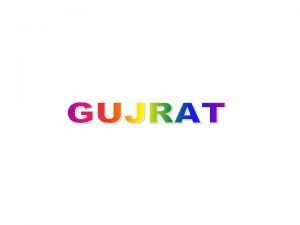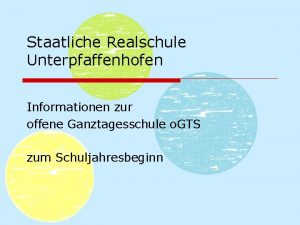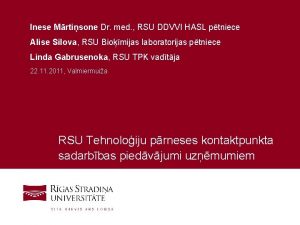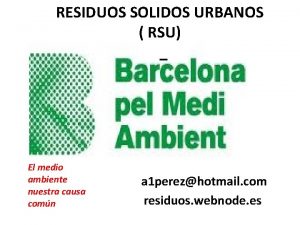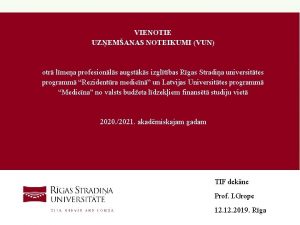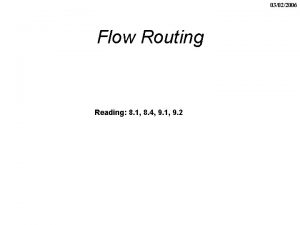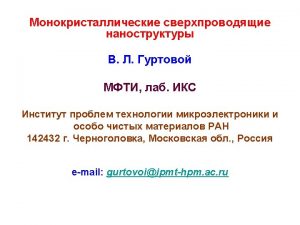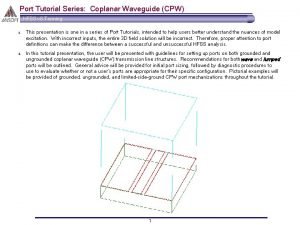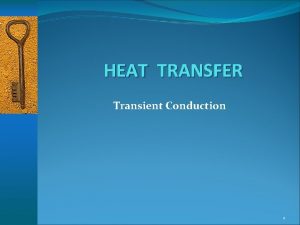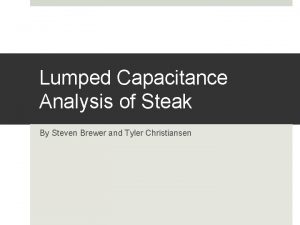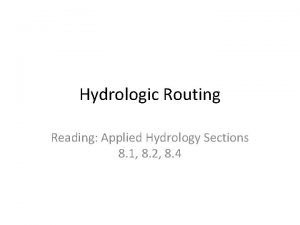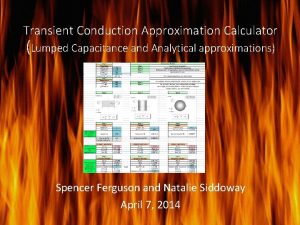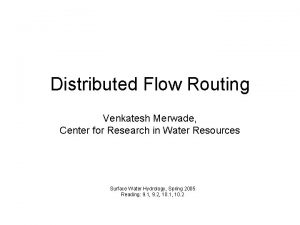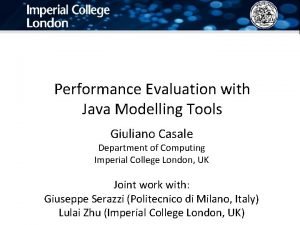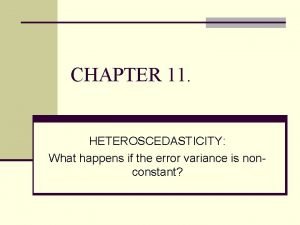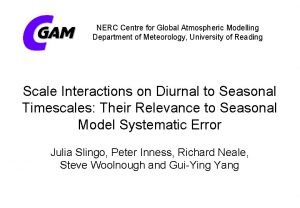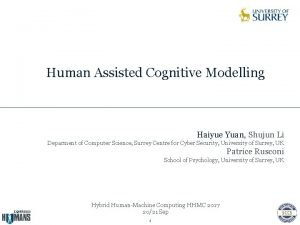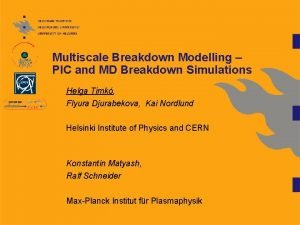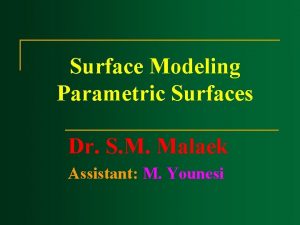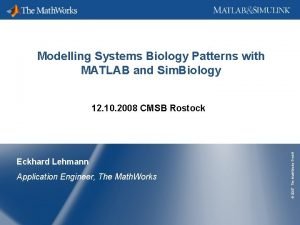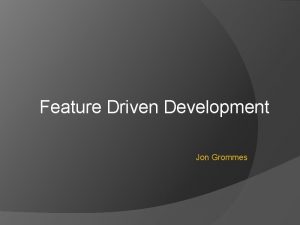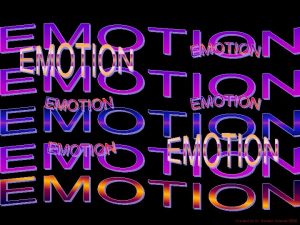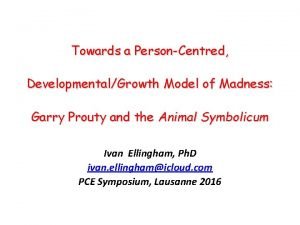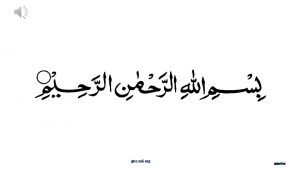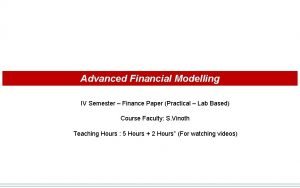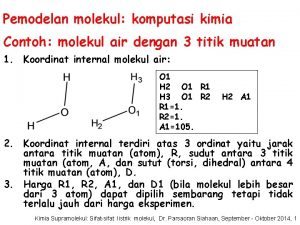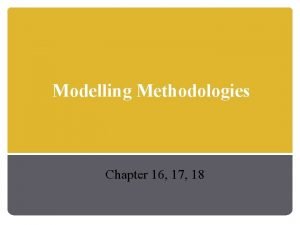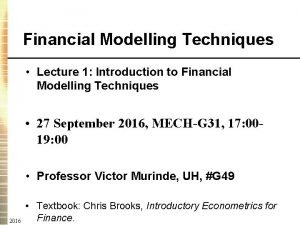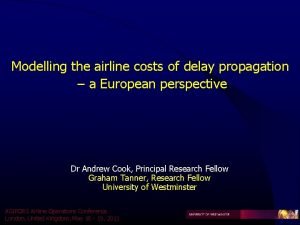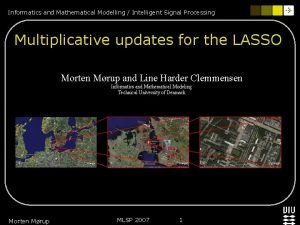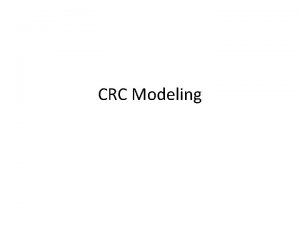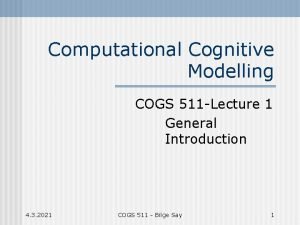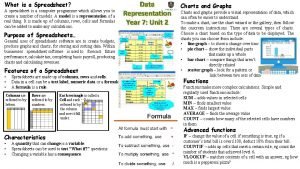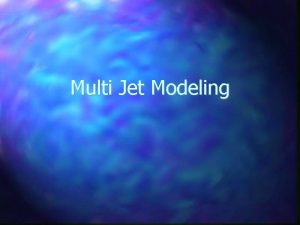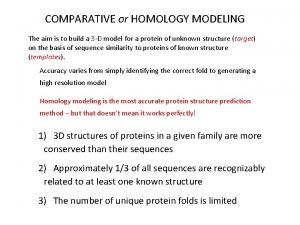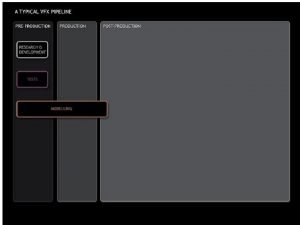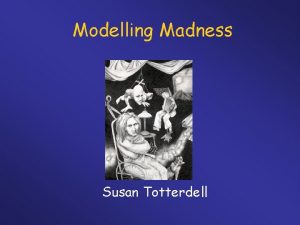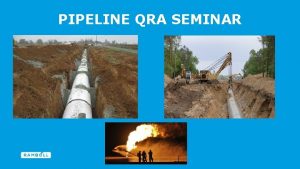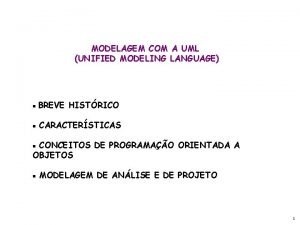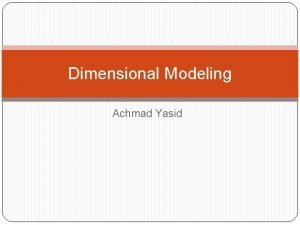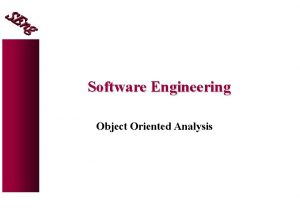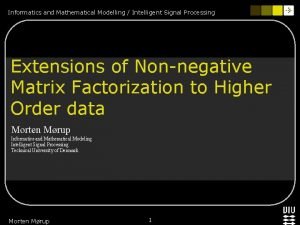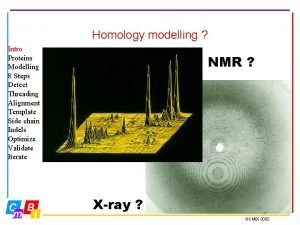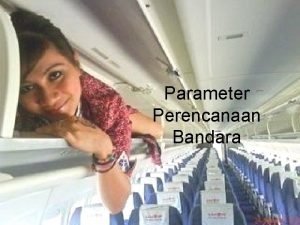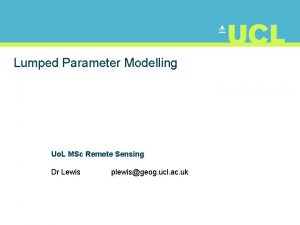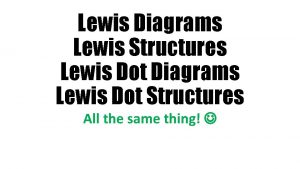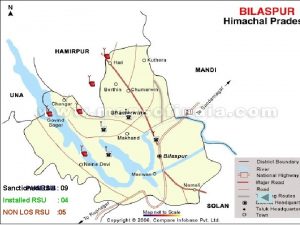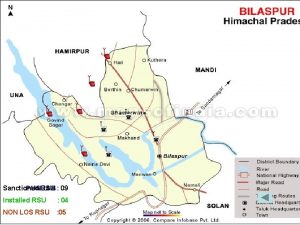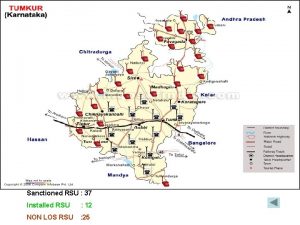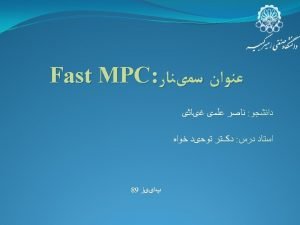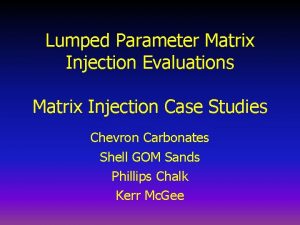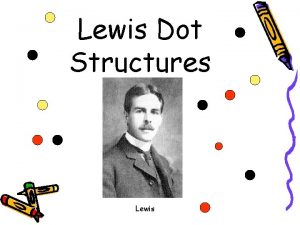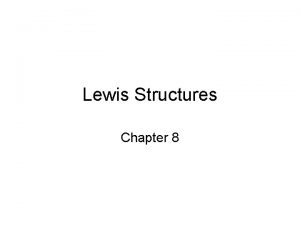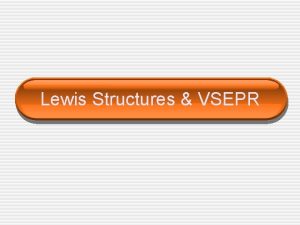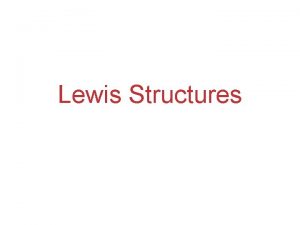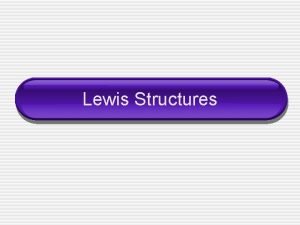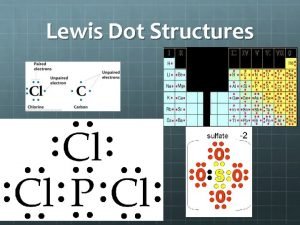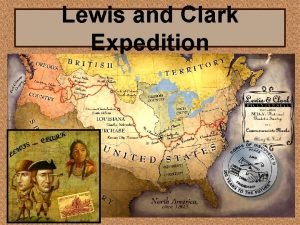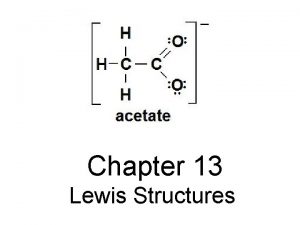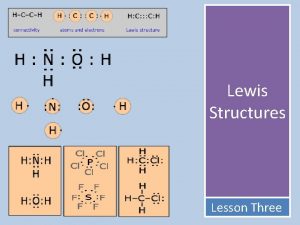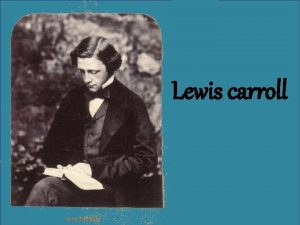Lumped Parameter Modelling P Lewis P Saich RSU




























































- Slides: 60

Lumped Parameter Modelling P. Lewis & P. Saich RSU, Dept. Geography, University College London, 26 Bedford Way, London WC 1 H 0 AP, UK.

Introduction • introduce ‘simple’ lumped parameter models • Build on RT modelling • RT: formulate for biophysical parameters – LAI, leaf number density, size etc – investigate eg sensitivity of a signal to canopy properties • e. g. effects of soil moisture on VV polarised backscatter or Landsat TM waveband reflectance – Inversion? Non-linear, many parameters

Linear Models • For some set of independent variables x = {x 0, x 1, x 2, … , xn} have a model of a dependent variable y which can be expressed as a linear combination of the independent variables.

Linear Models?

Linear Mixture Modelling • Spectral mixture modelling: – Proportionate mixture of (n) end-member spectra – First-order model: no interactions between components

Linear Mixture Modelling • r = {rl 0, rl 1, … rlm, 1. 0} – Measured reflectance spectrum (m wavelengths) • nx(m+1) matrix:

Linear Mixture Modelling • n=(m+1) – square matrix • Eg n=2 (wavebands), m=2 (end-members)

r 2 Reflectance Band 2 r r 3 r 1 Reflectance Band 1

Linear Mixture Modelling 1. as described, is not robust to error in measurement or end-member spectra; 2. Proportions must be constrained to lie in the interval (0, 1) 1. - effectively a convex hull constraint; 3. m+1 end-member spectra can be considered; 4. needs prior definition of end-member spectra; cannot directly take into account any variation in component reflectances 1. e. g. due to topographic effects

Linear Mixture Modelling in the presence of Noise • Define residual vector • minimise the sum of the squares of the error e, i. e. Method of Least Squares (MLS)

Error Minimisation • Set (partial) derivatives to zero

Error Minimisation • Can write as: Solve for P by matrix inversion

e. g. Linear Regression

RMSE

y x 2 x x 1 x

Weight of Determination (1/w) • Calculate uncertainty at y(x)

Lumped Canopy Models • Motivation – Describe reflectance/scattering but don’t need biophysical parameters • Or don’t have enough information – Examples • • • Albedo Angular normalisation – eg of VIs Detecting change in the signal Require generalised measure e. g cover When can ‘calibrate’ model – Need sufficient ground measures (or model) and to know conditions

Model Types • Empirical models – – E. g. polynomials E. g. describe BRDF by polynomial Need to ‘guess’ functional form OK for interpolation • Semi-empirical models – Based on physical principles, with empirical linkages – ‘Right sort of’ functional form – Better behaviour in integration/extrapolation (? )

Linear Kernel-driven Modelling of Canopy Reflectance • Semi-empirical models to deal with BRDF effects – Originally due to Roujean et al (1992) – Also Wanner et al (1995) – Practical use in MODIS products • BRDF effects from wide FOV sensors – MODIS, AVHRR, VEGETATION, MERIS

Satellite, Day 1 Satellite, Day 2 X

AVHRR NDVI over Hapex-Sahel, 1992

Linear BRDF Model • Of form: Model parameters: Isotropic Volumetric Geometric-Optics

Linear BRDF Model • Of form: Model Kernels: Volumetric Geometric-Optics

Volumetric Scattering • Develop from RT theory – Spherical LAD – Lambertian soil – Leaf reflectance = transmittance – First order scattering • Multiple scattering assumed isotropic

Volumetric Scattering • If LAI small:

Volumetric Scattering • Write as: Ross. Thin kernel Similar approach for Ross. Thick

Geometric Optics • Consider shadowing/protrusion from spheroid on stick (Li-Strahler 1985)

Geometric Optics • Assume ground and crown brightness equal • Fix ‘shape’ parameters • Linearised model – Li. Sparse – Li. Dense

Kernels Retro reflection (‘hot spot’) Volumetric (Ross. Thick) and Geometric (Li. Sparse) kernels for viewing angle of 45 degrees

Kernel Models • Consider proportionate (a) mixture of two scattering effects

Using Linear BRDF Models for angular normalisation



BRDF Normalisation • Fit observations to model • Output predicted reflectance at standardised angles – E. g. nadir reflectance, nadir illumination • Typically not stable – E. g. nadir reflectance, SZA at local mean And uncertainty via

Linear BRDF Models for albedo • Directional-hemispherical reflectance – can be phrased as an integral of BRF for a given illumination angle over all illumination angles. – measure of total reflectance due to a directional illumination source (e. g. the Sun) – sometimes called ‘black sky albedo’. – Radiation absorbed by the surface is simply 1 -

Linear BRDF Models for albedo

Linear BRDF Models for albedo • Similarly, the bi-hemispherical reflectance – measure of total reflectance over all angles due to an isotropic (diffuse) illumination source (e. g. the sky). – sometimes known as ‘white sky albedo’

Spectral Albedo • Total (direct + diffuse) reflectance – Weighted by proportion of diffuse illumination Pre-calculate integrals – rapid calculation of albedo

Linear BRDF Models to track change • E. g. Burn scar detection • Active fire detection (e. g. MODIS) – Thermal – Relies on ‘seeing’ active fire – Miss many – Look for evidence of burn (scar)

Linear BRDF Models to track change • Examine change due to burn (MODIS)

MODIS Channel 5 Observation DOY 275

MODIS Channel 5 Observation DOY 277

Detect Change • Need to model BRDF effects • Define measure of dis-association

MODIS Channel 5 Prediction DOY 277

MODIS Channel 5 Discrepency DOY 277

MODIS Channel 5 Observation DOY 275

MODIS Channel 5 Prediction DOY 277

MODIS Channel 5 Observation DOY 277

Single Pixel

Detect Change • Burns are: – negative change in Channel 5 – Of ‘long’ (week’) duration • Other changes picked up – E. g. clouds, cloud shadow – Shorter duration – or positive change (in all channels) – or negative change in all channels

Day of burn

Other Lumped Parameter Optical Models • Modified RPV (MRPV) model – Multiplicative terms describing BRDF ‘shape’ – Linearise by taking log

Other Lumped Parameter Optical Models • Gilabert et al. – Linear mixture model • Soil and canopy: f = exp(-CL) • Parametric model of multiple scattering

Other Lumped Parameter Optical Models • Water Cloud model – Attema & Ulaby (1978) – Microwave scattering from vegetation (and soil) scattering attenuation

Water Cloud model • Lump terms: • Empirical additional dependency on LAI • Champion et al (2000)

Water Cloud Model • Soil scattering: – Simple function of moisture – Calibrate for particular roughness, texture – For each frequency & polarisation

Water Cloud Model • resulting model mimics variations in observed backscatter dependencies on soil moisture and LAI. • model parameters (a, b, C, D, e) vary for different canopies – canopy backscatter depends on more terms than just LAI – soil backscatter on more than moisture. • model uses ‘calibration’ of the lumped parameter terms to hide fact that biophysical parameters will be correlated – e. g. LAI and leaf size, number density etc.

Water Cloud Model • Use of the model: – Localised applications • Known crop, soil properties, so use calibration terms – Examine relative contributions of veg/soil – Inversion (? ) • Not from single channel (eg ERS SAR) – Unless fix one term • Potential (for localised) applications from multi-channel – E. g ASAR on ENVISAT

Conclusions • Developed ‘semi-empirical’ models – Many linear (linear inversion) – Or simple form • Lumped parameters – Information on gross parameter coupling – Few parameters to invert

Conclusions • Uses of models – E. g. linear, kernel driven – When don’t need ‘full’ biophysical parameterisation • Eg albedo, BRDF normalisation, change detection • Forms of models – Similar forms (from RT theory) • For optical and microwave
 Rsu 35
Rsu 35 Incompatibilità rsu scuola
Incompatibilità rsu scuola Realschule unterpfaffenhofen
Realschule unterpfaffenhofen Rsu
Rsu Rsu
Rsu Brīvo darba vietu platforma
Brīvo darba vietu platforma Level pool routing example
Level pool routing example Lumped element resonator
Lumped element resonator Hfss tutorial
Hfss tutorial Lumped mass model
Lumped mass model Transient conduction means
Transient conduction means Lumped capacitance model
Lumped capacitance model Hydrologic routing
Hydrologic routing Lumped capacitance calculator
Lumped capacitance calculator Lumped flow routing
Lumped flow routing Java modelling tools
Java modelling tools Consequences of heteroscedasticity
Consequences of heteroscedasticity Modelling
Modelling Cognitive modelling
Cognitive modelling Experimental plasma charger build
Experimental plasma charger build Tools of structured analysis
Tools of structured analysis Surface modelling in cad
Surface modelling in cad Mathematical modelling of mechanical systems
Mathematical modelling of mechanical systems Modelling task
Modelling task Private equity case study
Private equity case study Matlab biological modelling
Matlab biological modelling Feature driven development template
Feature driven development template Integrated project delivery ppt
Integrated project delivery ppt Malatesta's modelling e.g. by mother
Malatesta's modelling e.g. by mother Microgeny
Microgeny Object oriented model
Object oriented model Data modeling
Data modeling Embedded system product development life cycle
Embedded system product development life cycle Finshiksha financial modelling
Finshiksha financial modelling Molecular modelling laboratory
Molecular modelling laboratory What is solid modelling
What is solid modelling Data modelling methodologies
Data modelling methodologies Financial modelling techniques
Financial modelling techniques Algorithmic cost modelling
Algorithmic cost modelling Modelling cost of delay
Modelling cost of delay Flight level
Flight level Modelling
Modelling Geometric modelling in cad
Geometric modelling in cad Crc model
Crc model Technological modelling
Technological modelling Threat modelling web application
Threat modelling web application Cognitive modelling
Cognitive modelling Unit 42 spreadsheet modelling
Unit 42 spreadsheet modelling Climate based daylight modelling
Climate based daylight modelling Multi-jet modeling
Multi-jet modeling Universal modelling language
Universal modelling language Homology modelling steps
Homology modelling steps Modelling
Modelling Modelling madness what's new
Modelling madness what's new Consequence modelling software
Consequence modelling software Language
Language Tujuan dari dimensional modelling
Tujuan dari dimensional modelling Class responsibility collaborator modelling
Class responsibility collaborator modelling Power platform data modelling
Power platform data modelling Modelling
Modelling Homology modelling steps
Homology modelling steps
